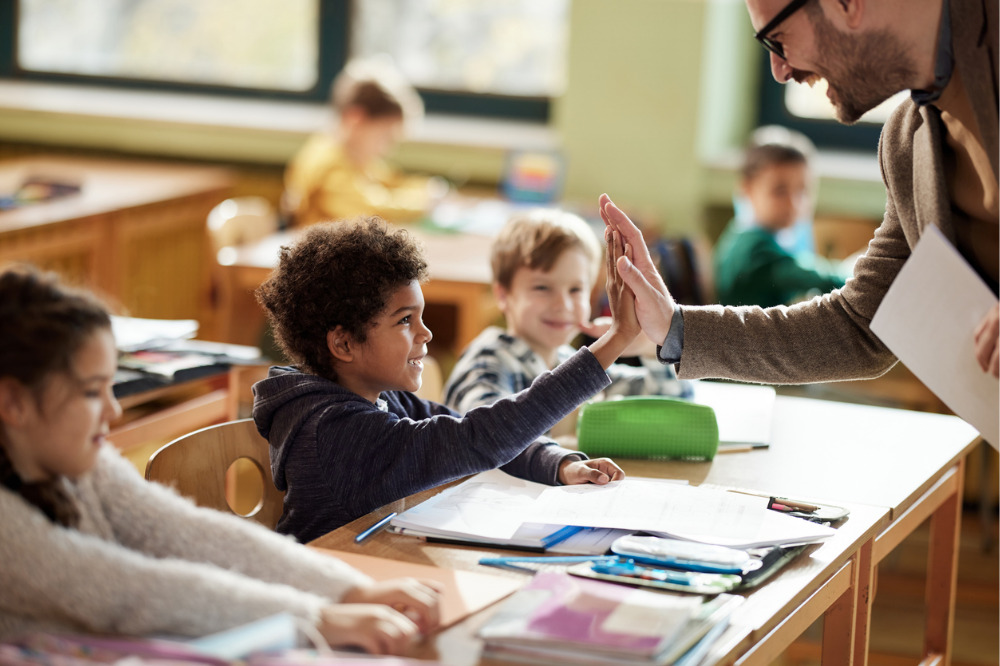
The Media Centre for Education Research Australia (MCERA) said that educators are working to address the root causes of students’ disruptive behaviour through an evidence-based approach called positive behaviour support (PBS).
The approach seeks to promote positive behaviour while mitigating disruptive and problematic behaviours among learners. It entails preventative and responsive approaches, starting with providing general support for all learners throughout a school.
Meanwhile, research shows that school-wide PBS or SWPBS is much more effective than using individual PBS practices, MCERA said in a media release.
SWPBS involves the whole school as part of a systematic approach. According to a study, SWPBS lessens time taken up by problem behaviour, allowing for more time focused on learning.
MCERA spoke to experts who are confident in the research which has proven that the SPWBS framework, if implemented correctly, reduces disciplinary incidents and suspensions.
Researchers and practitioners from various universities, including Monash University and Western Sydney University, recently wrote an authoritative guide to include the SWPS framework in school operations called the School-Wide Positive Behaviour Support: The Australian Handbook.
Research by Dr. Erin Leif, a senior lecturer at Monash University’s Faculty of Education, aimed at helping educators, behaviour support practitioners, and other professionals to support learners with additional needs, especially those who are most at risk for exclusion and social isolation.
According to Leif, students with disruptive or challenging behaviour at school are more likely to fall behind academically and students who are behind academically are at risk of developing disruptive or challenging behaviour.
“Students experiencing academic and behavioural challenges at school are likely to suffer from social and emotional challenges such as anxiety, depression, peer rejection, and social isolation,” Leif said.
“The interconnection of academic, behavioural, and social and emotional challenges calls for a unified framework to address academic achievement, student behaviour, and student well-being,” she said. However, Leif noted that initiatives designed for student learning and behaviour are often “siloed and separate.”
This is why schools need to employ SWPBS, which as Leif said, offered a “unified, multi-tiered framework for improving student behaviour.”
Meanwhile, Dr. Roberto Parada, a psychologist and senior lecturer at the University of Western Sydney, wrote a chapter on bullying prevention and prosocial behaviour for the SPWBS handbook.
Parada noted that there is still a need for solutions aimed at reducing bullying rates despite several decades of intervention research, saying that one in six students at Australian schools experience bullying, which is now the most common form of violence affecting young people worldwide.
Parada said that PBS, applied through an entire school, can reduce bullying among learners.
“The SWPBS approach already meets many criteria desirable for anti-bullying interventions and requires only minor changes and additions to tackle bullying,” he said.
“An advantage of this approach is that most anti-bullying interventions are specific only to bullying behaviours and do not target other disruptive behaviours at school. A SWPBS system, guided by best practices on bullying intervention, can do both,” Parada said.


